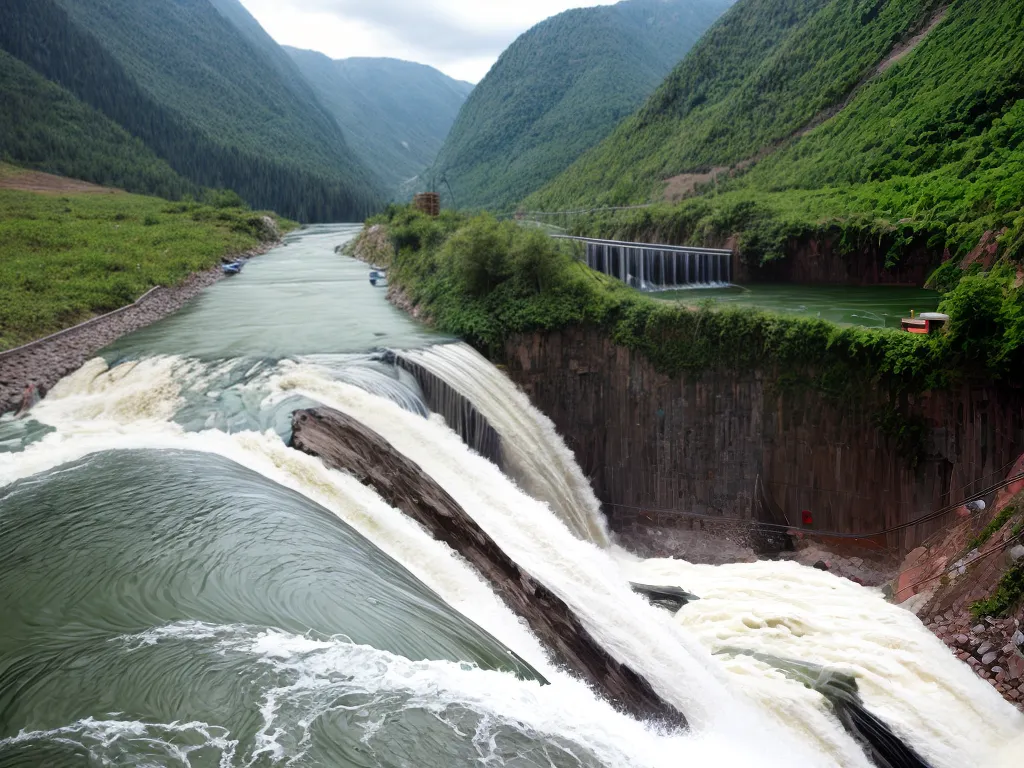
How to Minimize the Environmental Impact of Small-Scale Hydroelectric Power
Introduction
Hydroelectric power can provide clean, renewable energy. However, all energy sources have some impact on the environment. As someone interested in developing a small-scale hydro system, it's important to understand these impacts and how to minimize them. In this guide, I will provide an in-depth look at the environmental effects of small hydro projects and give recommendations on sustainable practices.
Siting and Design Considerations
Study the Local Environment
Conduct environmental impact assessments and consult with local communities before choosing a site. Understand the ecosystems, habitats, and species that may be affected. Avoid areas of ecological significance.
Use Existing infrastructure
Look for opportunities to retrofit existing dams, canals, or other infrastructure. This avoids the need for new river diversions and additional construction.
Design for Low Impact
-
Avoid dams - Divert part of the streamflow rather than damming the entire river.
-
Maintain flow regimes - Design intake structures to allow adequate downstream flows for aquatic life.
-
Allow fish passage - Include fish ladders, lifts, or other bypass systems.
-
Screen intakes - Prevent fish entrainment or injury from turbine intakes.
-
Choose water conduits carefully - Open canals lose less water through evaporation than pipes. However, buried pipes have less visual impact.
Scale Appropriately
Size the hydro system to the streamflow volume. Overly large systems can dewater rivers.
Construction Impacts
Minimize Vegetation Clearing
Avoid excessive tree removal and damage to surrounding habitat. Replant native vegetation when possible.
Prevent Erosion and Sedimentation
Use erosion control measures like silt fences and sediment ponds. Revegetate disturbed areas immediately.
Manage Waste and Hazardous Materials
Properly dispose of construction waste off-site. Follow spill prevention procedures when handling fuels, oils, and chemicals.
Operational Impacts
Maintain Fish Passage
Regularly inspect and maintain fish bypass structures. Monitor fish populations upstream and downstream.
Allow Adequate Environmental Flows
Continuously monitor and regulate water diversion volumes to prevent dewatering of the downstream river.
Monitor Water Quality
Test for effects like increased temperatures and reduced oxygen levels downstream. Adapt operations if issues arise.
Manage Hydropeaking
Avoid frequent and rapid flow fluctuations from power generation. This can strand fish and erode banks.
Conclusion
Small-scale hydropower presents a unique sustainability challenge. With proper siting, design adaptations, and care in construction and operation, the environmental footprint can be minimized. Thoughtful development provides renewable energy while still protecting our freshwater ecosystems.